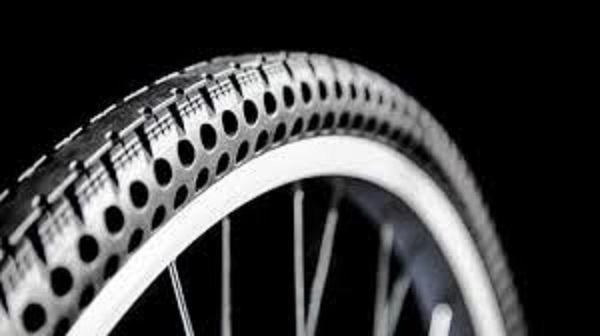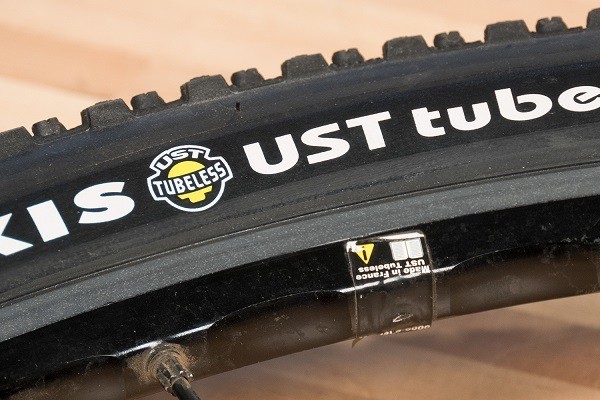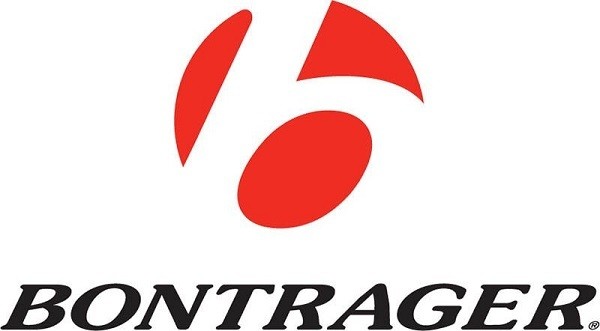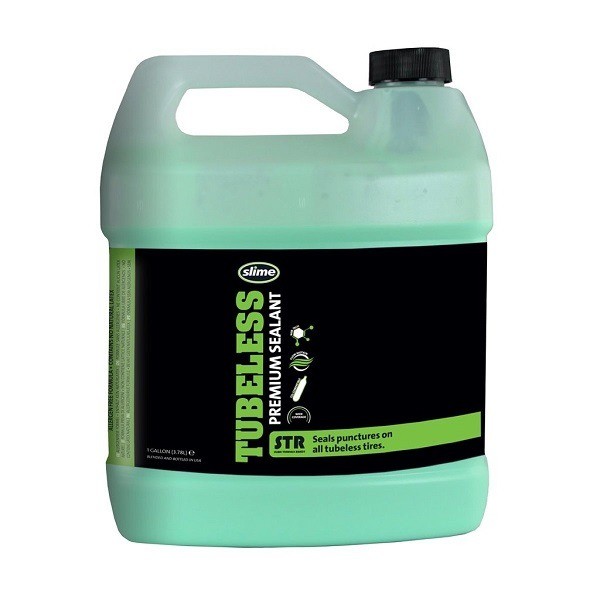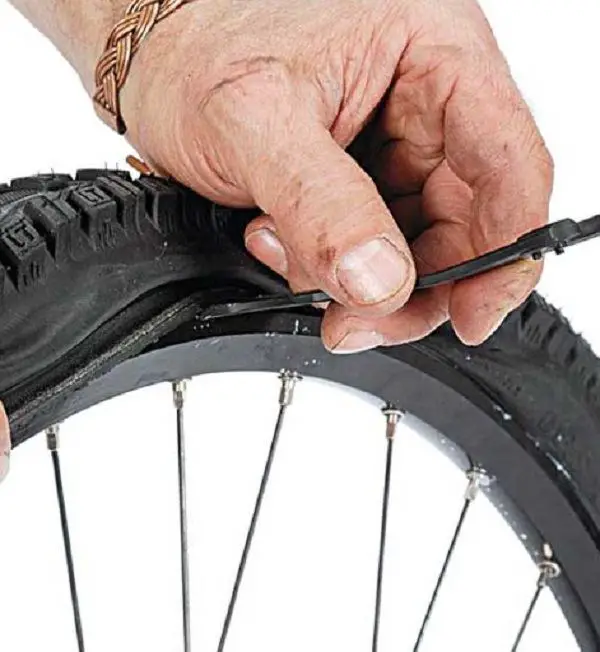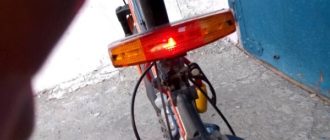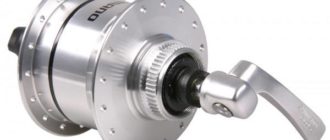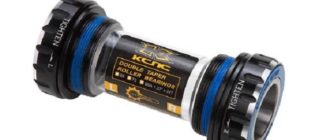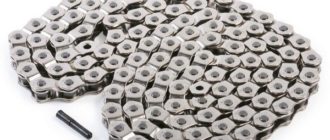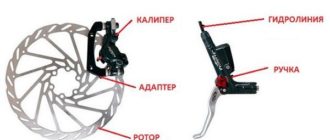Glass, pebbles, nails, and thorns are the enemies of the bicycle. Sharp small objects immobilize the vehicle and test the nerves of the cyclist. To avoid trouble, tubeless tires were invented, in which the side of the tire is hermetically sealed to the wheel disc. The appearance of this innovation at trade shows (1999) caused heated debate and controversy. Initially, the two-piece system with rim and tire was considered a dangerous and unreliable design. Twenty years later, the wheel gained acceptance by extreme sports professionals and mountain biking enthusiasts.
With the development of technology in the early XXI century tubeless bicycle tires confidently moved into the world of road enthusiasts. However, along with the obvious advantages over the usual bicycle tires, tubeless tires have nuances in operation and require clarification.
The device of tubeless tires
The name deciphers the meaning of the device of this type of tires for bicycles – they are made without tubes. Thus, in front of us a modified tire, which is inflated with air without intermediaries and installed on a special rim. The modifications are introduced in order to provide an airtight seal on the seating area. The obligatory element of the device is the sealant. The paste-like substance seals the punctures without human involvement.
Features of the device:
- No separate chamber and no additional internal circuits;
- the inner layer of sealant (1-2 millimeters) is welded to the tire during vulcanization;
- mixture of natural and synthetic rubber fits tightly to the disc and prevents leakage of compressed air;
- the discs have special ringlets (hump), providing a reliable fixation of tubeless tires on the bicycle;
- a special rubber band protects the rim of the bicycle wheel from damage;
- tread with two thousand patterns.
Two types of natural or synthetic elastomers are used to make the tires. Black rubber contains soot, which slows tire wear. A dozen substances are added to white, which give tubeless tires elasticity and resilience. Nylon, which is heated and blended with rubber, is used to increase strength.
The tread consists of two joined layers of rubber of the desired width and thickness. Metal rods are attached to the drum, on which the tire carcass is mounted. The rubber of the bicycle tire is vulcanized, and the tire is inflated with furs under a hot press. The finished products are tested for endurance, durability, and pressure.
Advantages and disadvantages
Tubeless bicycle tires are far superior to bulky tube tire designs. Regardless of experience and riding style, cyclists are 95% oblivious to punctures. Testing of tubeless bicycle tires has determined the pros and cons of this new type of tire.
| Advantages | Disadvantages |
|---|---|
| Easy operation | High cost |
| Good cushioning, vibration, comfort | Need special rims, tires, sealant, protective tape, nipples |
| Minimum chance of tire puncture | Difficulty installing tubeless tires (requires a compressor or booster) |
| Puncture self-closing sealant | Necessity to maintain accuracy in adjusting tire pressure |
| Tire adhesion to the surface | Regular changing of sealant and cleaning of dried out material |
| Good traction on sharp curves | Vulnerability at the junction of the rim and tire bead |
| The ability to ride on a flat tire | Additional costs |
| Tire does not come off during repair | Need to carry a “spare” |
| Better rolling characteristics than tubed tires | Use of tubeless tires with a special marking |
| Weight gain (up to 200 g savings per wheel) | “Dirty” process of installing the airtight seal |
| No nipple shearing situations | Difficult to overhaul and hard to board wheels |
Matching the width of the rim and tire
When the size of the rim does not match the tire, problems arise:
- the bicycle’s handling deteriorates;
- vibration is poorly absorbed;
- Increases the rolling resistance index of the tire;
- The tire floats;
- Side spikes touch the road surface when riding straight ahead.
Compliance parameters have been empirically established:
- With a rim width of 23 mm, the tire narrowness should be 2.0-2.25.
- A rim width of 35 mm corresponds to a tire width of 2.8-3.0.
- Optimal for trail riding is rim width of at least 24-25 mm and tire width of 2.25.
Tubeless system standards
The world’s first tubeless system was patented in 1903 and was intended for cars. Later, the innovation appeared on motorcycles and special equipment. Since 1999, professional bikers installed reliable tires on bicycles. Standard systems are divided into three types:
- UST. Manufacturer of tubeless system – the company “Mavic” (France).
- BST technology. The company “Stan’s No Tubes” (USA).
- TLR (Tubeless Ready). Manufacturer – Bontrager, a leader in the global bicycle industry.
UST .
Appeared in the late XX century. the standard had no rivals on the market and was considered a progressive technology. The marking means a two-part system: a special design rim and tire without the use of sealant. There are no holes for the spokes. They are covered by a sturdy tape to prevent air leaks. The first version of the product is characterized by a large weight of rubber, complicated repair, high cost. There is no possibility to use accessories from other manufacturers. The wheels are chosen by riders with a solid body weight for use in difficult conditions at multi-day competitions.
BST
Stan’s engineers made a leap in the development of tubeless technology. It became possible to install a modified rubber on a standard bike. BST wheels gained advantages over competitors:
- The rim began to weigh 290 grams, which made the wheel much lighter.
- The tire works as efficiently as possible because of the low side wall of the rim.
- Riders gained the ability to use standard components for simple repairs.
- The innovation makes it possible to turn a regular tire into a tubeless tire, as the construction consists of a rim with an integrated nipple and a rubber band.
- The device does not require a camera.
The prerequisite is the presence of sealant covering the joints between the tire and the rim.
TLR
Bontrager’s technology resembles UST, but with the use of a special sealant. The standard applies to tubeless and tubeless tires. For each type of bike rubber is chosen individually and depends on the style of riding. There is no chance of getting a puncture due to the peculiarities of construction: dense weave inserts are placed under the upper layer of rubber. Treads differ in a variety of types:
- with smooth pimples – help to develop a high speed, regardless of the model of the bike;
- deep – used for professional off-road riding;
- small bumps – for rain and bad weather;
- tread with spikes will be needed for increased stability in the winter.
TLR is considered the progressive standard for tubeless systems.
Recommendations for choosing tubeless tires
Professionals advise paying attention to the following when choosing tubeless tires:
- Buy tires with special lettering (such as “Tubeless ready”).
- Check the tire, rim and nipple for leaks.
- Adjust tyre size and width to your riding style and the characteristics of your bicycle.
- Pay attention to weight.
- Light tires are suitable for Cross-country—what-it-is–nuances bikes, as they make it easier to pick up speed and allow you to change direction quickly.
- Thick rubber is invulnerable to small punctures, gives the bike stability, increases gyroscopic force.
- Check the rim and tire widths against the table to see if they correspond to each other.
- Inspect the inner wall of the rim, which should have a recess. The recess is needed for a firm, tight grip and to prevent the rubber from coming off the wheel.
- Buy a booster, an essential tool for a tubeless tire maker.
Tubeless Tire Sealers
The lack of a tube in your tire is compensated for by a sealant. It protects the tires on the bike from punctures and saves from the tedious procedure of sealing the damage. Preference among the variety of types is given to well-known brands. A quality product must meet two requirements: to seal the puncture quickly and to show resistance to drying. Most cyclists give preference to the proven Stan’s Notubes. Some craftsmen have come up with their own recipe: they add decorative glitter to the sealant as a thickener, which increases the speed of gluing.
With polymer fiber
The type of sealant is characterized by affordability and long life. In a product with the qualities of antifreeze there are mini-crunches of polymer fiber. The liquid acts in the following way: air when the tire is punctured under great pressure comes out of the hole and captures the substance with suspended particles. As a result, the polymer fibers stop the puncture. While able to repair nail damage, the sealant does not close microcracks. Small droplets collect on the surface of the rubber, on which dust and dirt collect. Before the hole closes, the pressure in the wheel will drop to a minimum.
Latex-based.
This popular type of sealant contains microparticles of rubber that take up a suspended position through Brownian motion. The particles are insulated by a protein sheath and easily bond together.
Features:
- Instant tightening of the puncture wound;
- when liquid penetrates the site of damage, the protein sheath ruptures under strong air pressure;
- the molecules come into contact with the rubber and form a solid plug, which is not unlike a tire;
- gradually the synthetic elastomer forms a thin layer of rubber on the inside of the tire. As a result, the life of the wheel is prolonged.
Silicone
The main difference in the composition of this sealant from the other types – silicone compounds. Limited life, sensitivity to temperature changes, and unsatisfactory results from application have forced the product out of the market. Athletes prefer to refill their wheels with a better liquid with latex.
Instructions for installing tubeless tires
Before installing tubeless tires, check the rim and walls of the tire, which should not contain foreign objects.
- Inspect the tape to make sure there are no defects or cuts.
- Wipe down the component parts with a cloth.
- Use a rubber seal and a locknut to secure the nipple.
- Place and align the tape in the center of the rim (for a secure seal).
- Coat the rim with grease or a special soap solution.
- Pull the tire beads onto the rim one by one.
- Check that they are properly seated.
- Pour sealant through the spool (sometimes remove the core from the spool).
- On average 100 grams per wheel.
- Inflate the tire to the desired pressure.
- A click when first pumping will confirm that the tubeless tire is properly installed.
- Rotate the wheel to verify proper installation and that there is no air leakage.
Conclusion
Bicycle marketers gave the world tubeless wheels. They were once used only by elite cyclists. Experienced riders say: soon tubeless will be on every bicycle. For widespread use only one thing prevents – the price from 300 dollars to thousands.

